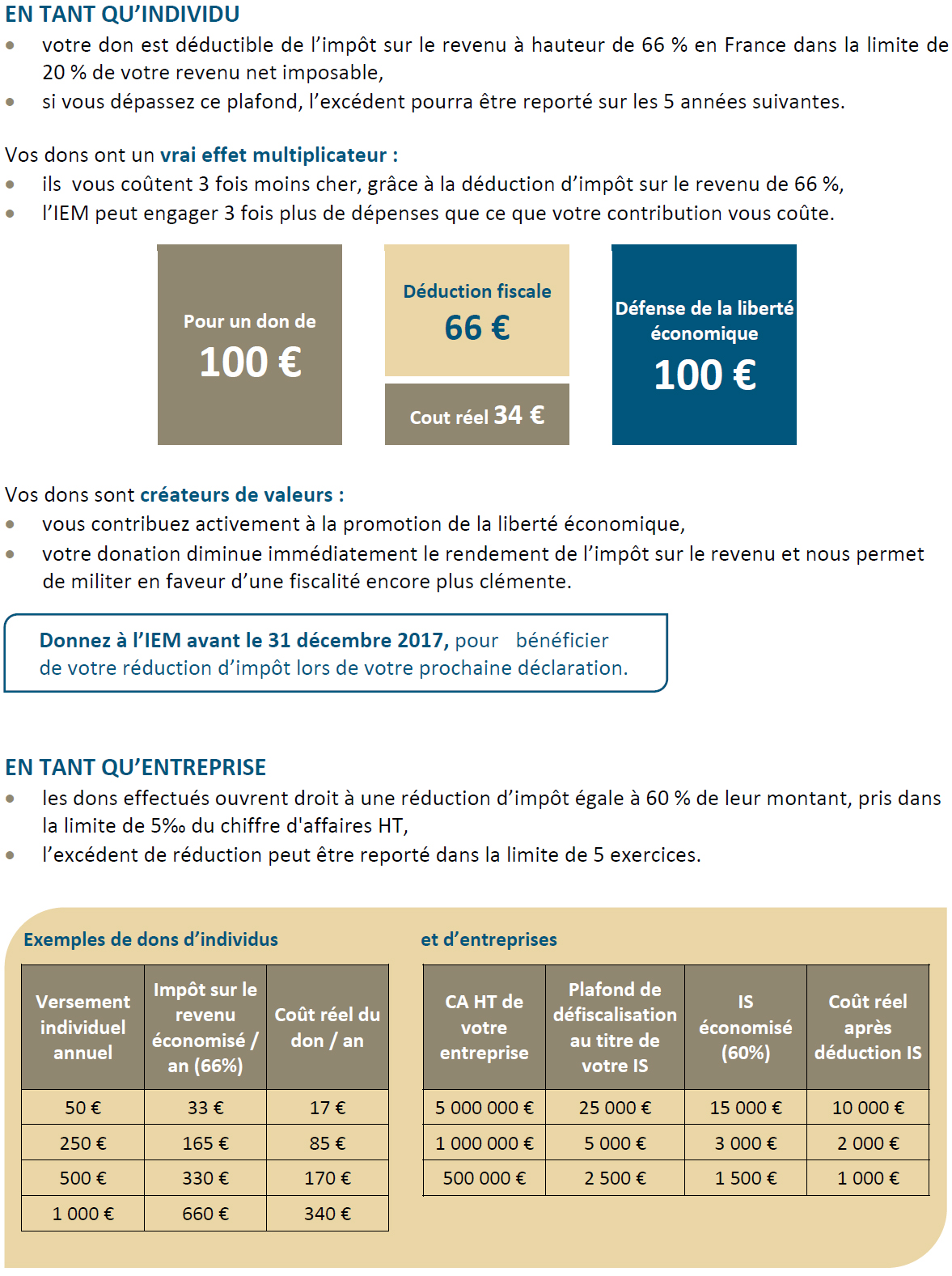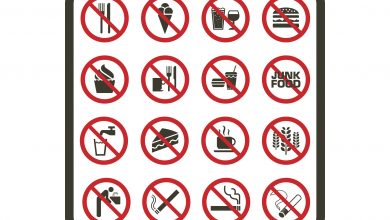Economic effects of Germany’s reference pricing policy for drugs
Research paper / December 2006
Executive Summary
Public authorities in Germany, like those in most other OECD countries, have instituted compulsory health insurance systems aiming to provide the populace with universal coverage and nearly free health care. Those compulsory systems became an uncontrollable source of spending on health care and drugs, with substantial rises in recent decades.
The reference pricing (RP) policy for drugs is among the means used by public authorities to reduce the costs of public insurance. It seems increasingly to be in fashion. While RP was formally instituted for the first time in 1989 in Germany, other countries across the world also adopted it since then. For example, the Netherlands and New Zealand instituted it in 1991 and 1993 respectively. France, Italy, Spain, Denmark, Australia and the Canadian province of British Columbia, among others, also apply today the RP system to varying degrees.
The principle of reference pricing is simple. Drugs which are judged by an insurer to be interchangeable are classified in therapeutic classes, and a reimbursement ceiling is unilaterally set up for the whole class, generally equivalent to the lowest or the median price in the group.
It is thus possible to create classes with only bioequivalent drugs (i.e. containing the same active substance; so-called type 1 RP). But German-style RP goes beyond that by putting non-bioequivalent drugs in the same class if they are judged to be therapeutically similar. Thus, there are classes with chemically or pharmacologically similar drugs (type 2 RP) and classes with drugs which chemically can be completely different but are used to treat the same symptoms (type 3 RP). Through type 2 and type 3, patented drugs can consequently be submitted to the RP system.
A careful study of the German context shows that there are many effects of RP.
• First, in the insurance field, by emphasizing cost reduction, RP provides savings for funds related to the use of medication. However, such a policy also has its drawbacks. For example, it provides the insured with limited coverage for certain drugs, and it relies on the use of a bureaucratic classification of groups of drugs that are considered substitutable even if patients may not see it in the same light. In this type of situation, only free competition among insurers and the freedom of all insured person to choose – currently absent in Germany – can indicate if and where RP policy can effectively present added value in the eyes of patients.
• Second, German-style RP represents a reimbursement policy which has an indirect effect on pharmaceutical innovation by discriminating against new medicines. Drugs representing incremental innovations – which are bureaucratically classified in the same classes with old and generic drugs – are especially penalised. Such bureaucratic classification tend however to disregard the fact that pharmaceutical innovation – like the process of innovation in other fields – remains by its nature an incremental process and its results have to be evaluated by the beneficiaries of new drugs, i.e. the patient / insured. German-style RP thus ends up also penalising the process of innovation itself without giving any opportunity to these beneficiaries to approve or disapprove such a policy.
In their cost containment efforts, governments using the RP policy are ultimately decreasing indirectly the returns from investment in R&D and are reducing incentives to invest in developing future drugs. In the context of compulsory health insurance, such measures may indeed easily run against the preferences of the patient and the insured who are waiting and willing to pay for more new innovative treatments.
In order to achieve optimal spending on drugs – that patients are willing to pay directly from their pockets or indirectly through their insurers, recognising consequently the potential added value of new drugs – public health insurance monopolies would have to be called into question and the insured given the freedom to subscribe to the insurer of their choice.





